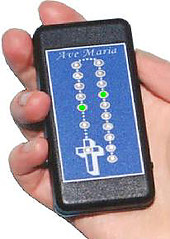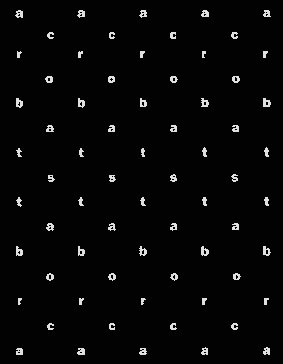 When does a comment become a threat? Apparently, when it's directed at the head of the Italian Episcopal Council. God's ferret stepped down a couple of months ago, to be replaced by Archbishop Bagnasco of Genoa. This would be of no more interest to most people than a change of management in any other state-subsidised company if it weren't that Bagnasco almost immediately used his pulpit to compare the recognition of civil unions to laws permitting paedophilia and incest, two troughs in which the church has its plurisecular snout. Needless to say, the idea that such laws might be proposed exists entirely in Bagnasco's mind.
When does a comment become a threat? Apparently, when it's directed at the head of the Italian Episcopal Council. God's ferret stepped down a couple of months ago, to be replaced by Archbishop Bagnasco of Genoa. This would be of no more interest to most people than a change of management in any other state-subsidised company if it weren't that Bagnasco almost immediately used his pulpit to compare the recognition of civil unions to laws permitting paedophilia and incest, two troughs in which the church has its plurisecular snout. Needless to say, the idea that such laws might be proposed exists entirely in Bagnasco's mind.Not surprisingly, some people reacted badly to this and, given the almost universal kowtowing to the church of the media and political world, chose to express their disapproval in a time-honoured Italian way: by writing it on a wall. The first graffiti, saying BAGNASCO VERGOGNA (Shame), appeared soon after the sermon (subsequently withdrawn, in pure Berlusconian fashion, when Bagnasco announced 'I didn't mean what I said'). Since then there's been a low level urban resistance of demonstrations, heckling, further graffiti. All part of the normal democratic process, you might think, but you'd be wrong. Bagnasco, according to the single voice that is Italian politics, is being 'threatened'.
Yesterday, or the day before, he received two letters. The first contained a bullet - a traditional mafia warning and thus, although it's unlikely to have been sent by the mafia, certainly construable as a threat. The second contained a photograph of the venerable archbishop with a hand-drawn swastika across his face. A threat? It's not particularly subtle, but neither is comparing a gay couple to paedophiles. It isn't the nicest thing to see over your bowl of episcopalian corn flakes, but it doesn't undermine the very tenets of democracy either, whatever parliament might say.
If the church wants to live by the sword of gratuitous insult, then it ought to be prepared to see itself nicked by the smaller infinitely less powerful pinpricks of protest.
















